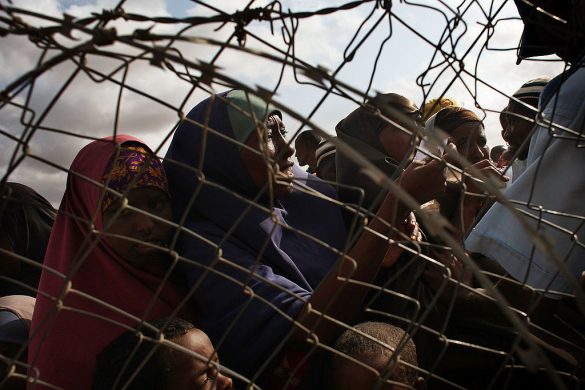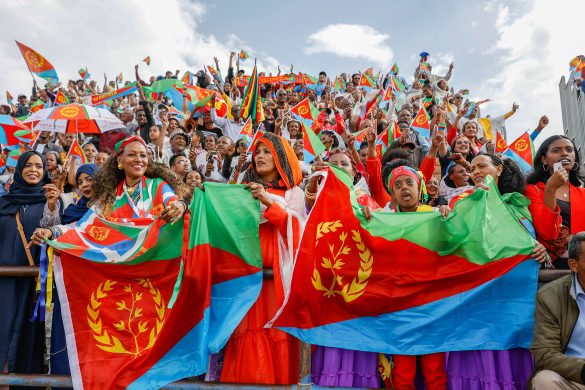OSLO, 25 January, 2017 (NRC): “Europe should learn from the way Uganda and other African countries are keeping their borders open as the Refugee Convention prescribes, instead of specializing in barbed wire and walls,” said Secretary General of the Norwegian Refugee Council, NRC (som hedder Flygtningehjelpen på norsk, red.) Jan Egeland.
Received half a million
489,000 South Sudanese refugees fled to Uganda in 2016, after renewed violence in South Sudan in July shattered a fragile ceasefire and forced hundred thousands of people to flee, according to figures from the UN Refugee Agency, UNHCR. In addition, a large number of refugees continued to arrive from DR Congo and Burundi. In comparison, 362,000 people crossed the Mediterranean into Europe in the same period.
“Contrary to common belief, most refugees are not fleeing to Europe. The reality is that more refugees sought safety in Uganda per day at the end of 2016, than many wealthy European countries received the entire year,” said Egeland.
Among the world’s largest refugee settlements
The refugee settlement Bidibidi in northern Uganda, set up less than six months ago, is already one of the world’s largest refugee settlements. It currently houses over 270,000 South Sudanese, about equal to the whole population of Newcastle in the United Kingdom.
The refugees praise the way the country has welcomed them: “It is good to be in Uganda. They allocated us a piece of land, we have free access to medical services and we feel safe. People were killed in South Sudan. It made me afraid. Here we no longer need to listen to the sound of the guns,” said Mary Kiden (17), who fled South Sudan last year.
Need to scale up
However, aid agencies urgently need to scale up humanitarian assistance. Public infrastructure must be improved, more schools built and families provided with basic support, until they are able to make a living for themselves. Last year’s refugee aid response plan for Uganda was only 36 per cent funded. This left families without clean drinking water and children without education.
“Uganda has done what all countries should do. It has provided civilians fleeing war with security, and an opportunity to become a resource, instead of locking the displaced into a situation of aid-dependence and uncertainty,” said Egeland.
He is not surprised to see a low-income country among the largest refugee recipients:
“Populist politicians are stirring up fear, creating a distorted picture of all refugees wanting to head towards Europe or North America. This could not be further from the truth. Low- and mid-income countries are housing nine out of ten displaced. Most people fleeing want to stay as close to their home country as possible, wishing to one day be able to return,” Egeland said.
Facts
- Uganda received 489,000 refugees from South Sudan last year, and is currently housing more than 640,000 refugees from South Sudan.
- In comparison, 362,000 people crossed the Mediterranean into Europe last year.
- 86 per cent of the South Sudanese refugees in Uganda are women and children.
- The number of refugees from South Sudan in Uganda is expected increase to 925,000 by the end of 2017.
- Uganda also hosts refugees from DR Congo, Burundi, Somalia and several other countries.
- The country has a long history of welcoming people fleeing conflict, and housed thousands of Polish refugees during the Second World War.
Kilde: UNHCR, NRC















